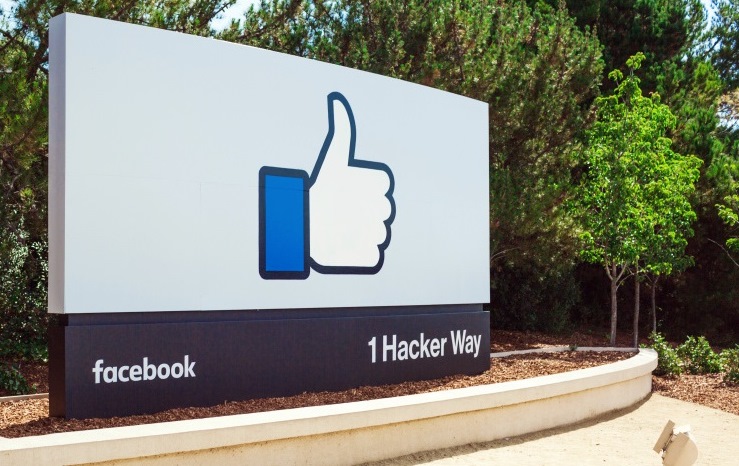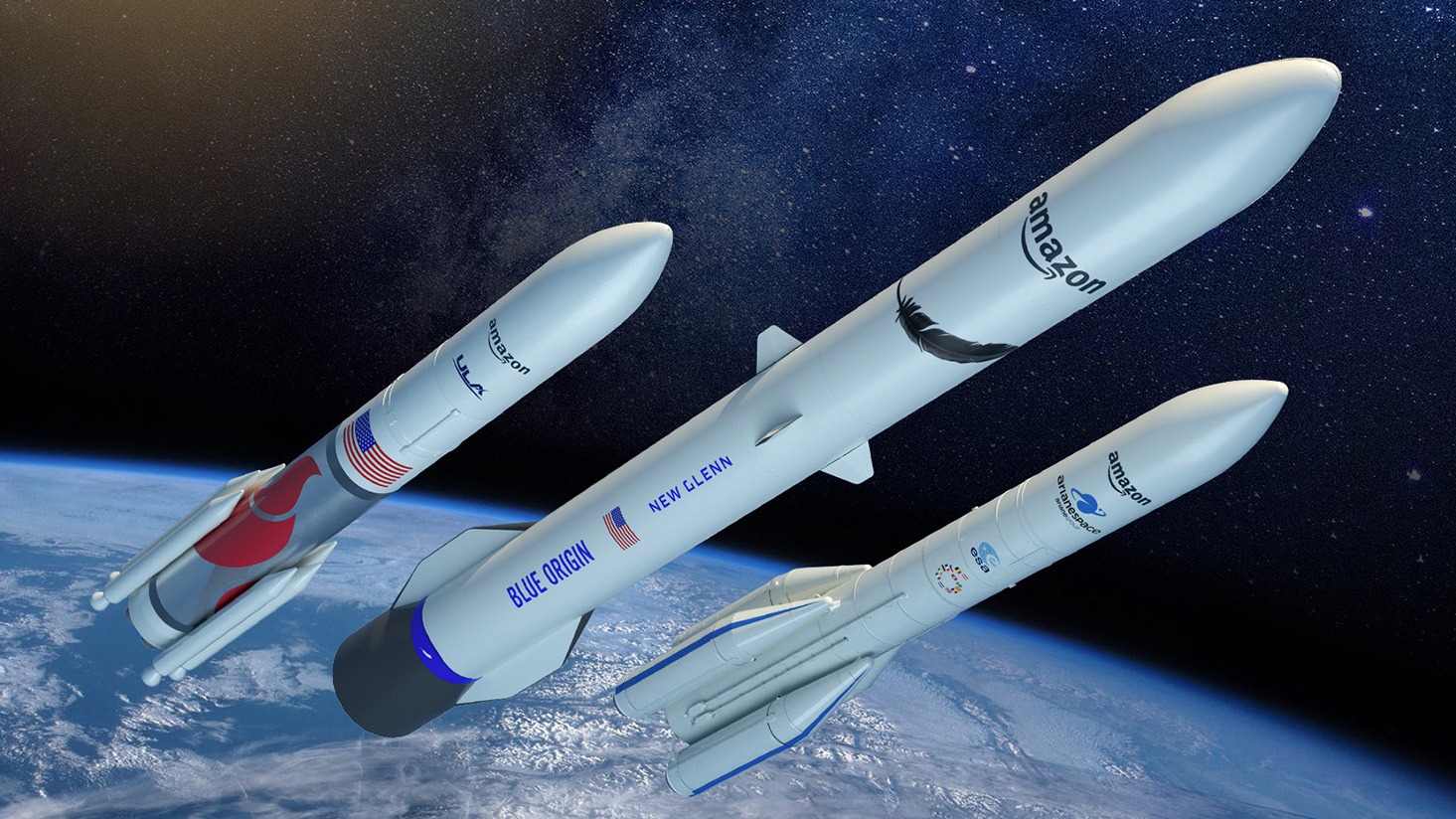Amazon has said that it plans to launch its first Project Kuiper internet satellites in the first half of 2024.
Project Kuiper is Amazon’s attempt to enter into the satellite internet space which currently has Elon Musk-founded SpaceX as its most visible player. Amazon plans to invest $10 billion in the network, and believes that its experience from producing millions of consumer electronics devices will give it a competitive edge.
Speaking at a conference in Washington, the company’s senior vice president of Amazon devices Dave Limp said: "We'll definitely be beta testing with commercial customers in 2024.”
The company has a regulatory mandate to launch at least half of a total of 3,236 low Earth orbit (LEO) satellites by 2026, with Limp saying that Amazon will make “three to five” satellites a day. This would see Amazon approach SpaceX’s current total of over 4,000 satellites in space.
Amazon will launch two prototype satellites this year on a rocket from United Launch Alliance, the joint venture of Boeing-Lockheed.
The company also on Tuesday revealed three different terminals to connect customers with Kuiper satellites in orbit.
These range from the standard 11-inch square antenna which will provide speeds of up to 400 megabits per second to the large 19 by 30 inch satellite for businesses, telcos and governments which will have a download speed of up to 1 gigabit per second.
The consumer oriented standard satellite will cost less than $400 to produce – SpaceX’s consumer Starlink terminal is priced at $599.
Latest News
-
Universal Music Group partners with Nvidia to create antidote for 'AI slop’
-
Intel bets big on 18a with Panther Lake as rivals tout AI gains
-
UK orders X to tackle Grok deepfake abuse as Ofcom steps in
-
Nvidia unveils Rubin AI platform and new open models at CES 2026
-
UK government invests £210m in new cyber action plan
-
xAi faces global scrutiny as governments probe sexualised AI
The future-ready CFO: Driving strategic growth and innovation
This National Technology News webinar sponsored by Sage will explore how CFOs can leverage their unique blend of financial acumen, technological savvy, and strategic mindset to foster cross-functional collaboration and shape overall company direction. Attendees will gain insights into breaking down operational silos, aligning goals across departments like IT, operations, HR, and marketing, and utilising technology to enable real-time data sharing and visibility.
The corporate roadmap to payment excellence: Keeping pace with emerging trends to maximise growth opportunities
In today's rapidly evolving finance and accounting landscape, one of the biggest challenges organisations face is attracting and retaining top talent. As automation and AI revolutionise the profession, finance teams require new skillsets centred on analysis, collaboration, and strategic thinking to drive sustainable competitive advantage.
© 2019 Perspective Publishing Privacy & Cookies








Recent Stories